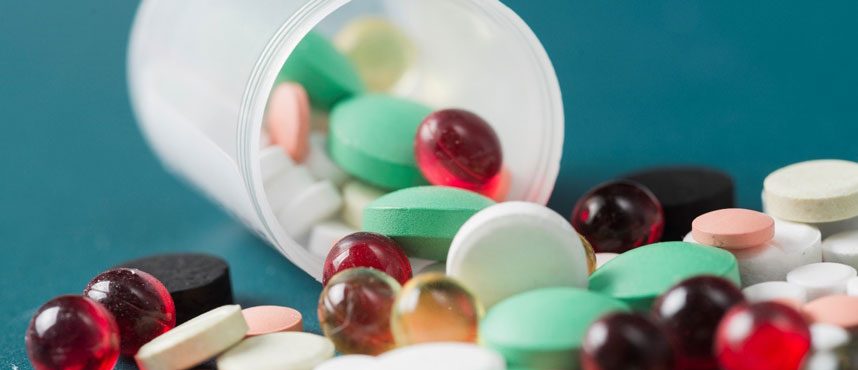Use of colouring excipients to enhance aesthetic appearance of medicines
Imagine, you have a headache. The doctor prescribes you a pill. Round and white. Now, imagine being prescribed a similar pill as a painkiller, anti-biotic, anti-fungal, too, in the same shape, colour, and size! Wouldn’t you be baffled while looking at your first-aid kit, trying to differentiate one from the other? Well, this was case, at least until the middle of 20th century. The only way to differentiate among them was the case in which they were provided.
Thankfully, that is not the case anymore. To ease the confusion, it is a common practice these days to use colorants when manufacturing medicines and drugs. The functional benefits are much more than just the aesthetic ones. For example, different colours make it easy to distinguish between dosage forms and strengths. It also increases acceptance of the drug – mainly among the kids and geriatric patients. Compliance, again, serves as a valid rationale since colour-coded medicine is easier to identify between doses.
From manufacturing perspective too, use of colourants introduce uniformity in every batch output, as ingredients can have varying appearance. It also suffices as an indicator to eliminate errors while distributing and packaging the medicine, as different colours stand for different strengths.
What to look for while selecting suitable, safe colourants in manufacturing medicines?
The food drug and cosmetic act of 1938 categorizes colours into three sections:
- FD & C – Applications include food, drugs and cosmetics
- D & C – Colours for drugs and cosmetics that are safe when in contact with mucous membranes and for ingestions
- External D & C – Colourants that are toxic orally, thus strictly permitted only for topical/external application-based products.
These FD & C colourants are available in the form of:
- Organic & lakes
- Inorganic or mineral colours
- Natural colours or veg & animal colours
FDA (USP, GRAS), EU, JP are the main regulatory bodies involved in standardizing and regulating safety and application of colours for pharmaceutical manufacturing. Here’s a list of most commonly used colours in the pharma manufacturing industry. Some of them are:
| FD & C Blue No. 1 | Brilliant Blue |
| FD & C Blue No. 2 | Indigo shade |
| Red No. 3 | Erythrosine Pink Shade |
| Red No. 40 | Allura Red |
| Yellow No. 5 | Tartrazine Yellow Shade |
| Yellow No. 6 | Sunset Yellow |
Neelikon offers water soluble colours, water insoluble lakes, high purity oxides, along with the availability of customized blends as per industry and specific product needs. All the dyes and lakes of Neelikon are approved and certified by US FDA and other leading global regulatory bodies for safe use in pharmaceutical tablets, capsules, and syrups.
After all, in cases of care and well-being, the least the medicines can do is bring a smile!
Kindly check for references as mentioned at the footnotes
Although based on our general experience, the information presented herein is believed to be reliable, Neelikon makes no representation or guarantee as to the accuracy, completeness or reliability of the information. Due to various factors that are outside our control, we cannot accept liability from reliance on this information under any circumstances.
Source:
https://www.slideshare.net/lovnishthakur75/colorants-in-pharmaceutics
https://www.colormatters.com/color-symbolism/the-color-of-medications


